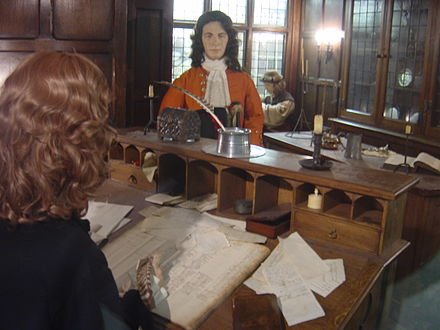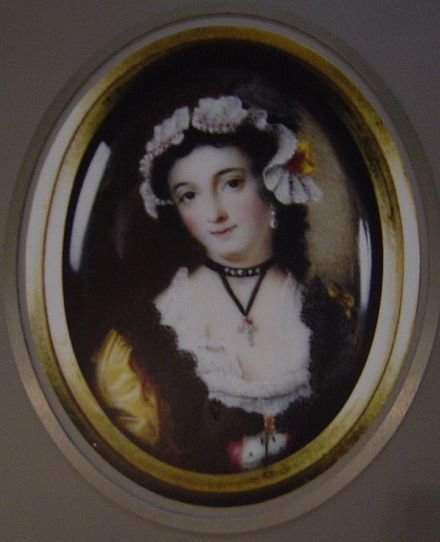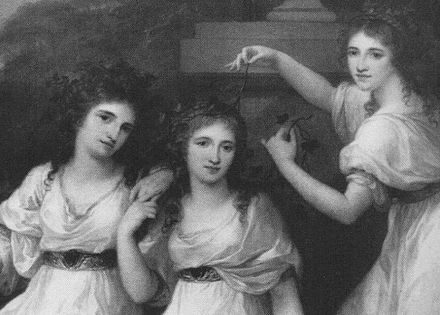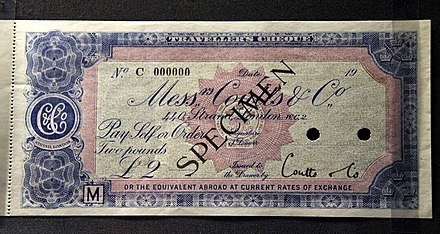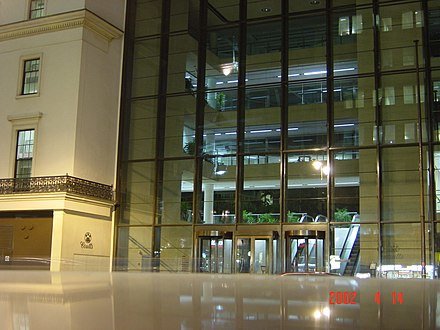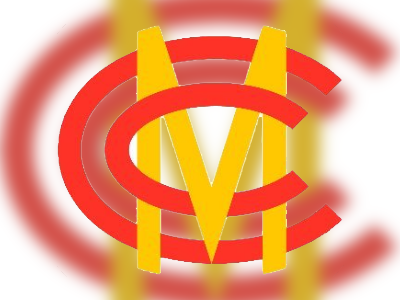British Heritage
Remember, Cherish, Learn.
beta
Coutts - The Aristocrats' Bank
The Aristocrats' Bank: A Pillar of British Heritage.
Contribution to British Heritage
Coutts & Co., founded in 1692, holds a storied history as one of the oldest banks in the world and an enduring symbol of British heritage. The bank, originally a goldsmith-banker's shop established by the young Scotsman John Campbell, set its roots in the Strand, London, under the sign of the Three Crowns—a symbol that remains part of its logo to this day. With a prestigious legacy of serving aristocratic gentlefolk, Coutts earned its place as the favored choice of esteemed personalities such as Dr. Jekyll, Dracula, and Michael Palin. Furthermore, Coutts' historical association with the British Royal Family solidifies its role as a bank deeply entrenched in British culture and tradition.
Legacy
Coutts' legacy spans centuries, passing through generations of the Campbell and Coutts families. After John Campbell's death in 1712, his son-in-law George Middleton became a key figure in managing the bank through turbulent times. Amidst financial crises and economic challenges, the bank maintained its stability and continued to prosper, attracting distinguished clientele.
The most significant transformation occurred when James Coutts, a merchant and banker, married Mary Campbell, John Campbell's granddaughter. This union led to the formation of Campbell & Coutts, and James took charge of the bank. His brother Thomas Coutts joined the business in 1761, and following James' departure from banking, Thomas assumed leadership, and the bank became known as Thomas Coutts & Co.
Thomas Coutts' remarkable life brought both success and controversy. His marriage to the much younger and renowned actress Harriot Mellon sparked public fascination and scrutiny. After Thomas' passing in 1822, Harriot inherited a substantial fortune, a 50% share in the bank, and a responsibility to keep the bank within the Coutts family.
Contribution to British Heritage and Success
Upon Harriot's death in 1837, the Coutts fortune passed to Thomas' granddaughter, Angela Burdett, who became one of the wealthiest women in Britain. Angela devoted her life to philanthropy, supporting various charitable causes, the Church of England, and the arts. Her philanthropic spirit garnered recognition from prominent figures, including Prime Minister Gladstone and Queen Victoria, who honored her with a peerage in 1871.
Under Angela Burdett-Coutts' stewardship, the bank expanded its reach and earned a reputation as a wealth manager for not only the nobility but also entrepreneurs, entertainers, sportsmen, professionals, and executives. The British Royal Family remained among its esteemed clients.
The bank's enduring success and commitment to modernity manifested in its early adoption of technology. Coutts was among the first banks to implement machine-posted ledgers in the late 1920s and fully computerized accounting systems in 1963. Its international representation also grew with the establishment of operations in Geneva in 1987.
In the face of changing times and corporate shifts, Coutts maintained its standing as a trusted institution, guided by family heritage and traditional values. It embraced collaboration with British fashion designers, reflecting its dedication to blending heritage with contemporary aesthetics.
Recent Years and Sponsorship
Over the years, Coutts underwent changes, including mergers and international expansions, while staying true to its core values. In 2015, the international division, Coutts International, was sold to Union Bancaire Privée (UBP), allowing Coutts to focus on its UK operations and uphold its commitment to British heritage.
Coutts' contributions to the arts and culture remained evident through sponsorships of productions at the Royal Opera House and the Royal Court Theatre. The bank's involvement with the London Design Festival celebrated the city's position as a design capital.
Despite a few setbacks, including fines for money laundering breaches and mis-selling, Coutts continued to adapt and uphold its legacy, serving a diverse clientele with stringent requirements and a minimum threshold of £1 million in investable assets.
Conclusion
Coutts stands as an iconic symbol of British heritage, woven into the fabric of British society since its establishment in 1692. From serving aristocratic patrons to embracing modernity and philanthropy, the bank's history reflects a legacy of success, dedication to tradition, and commitment to the welfare of the nation. As Coutts continues to shape the landscape of wealth management, its contributions to British heritage and society endure as a testament to the enduring power of tradition and the values that underpin a renowned institution.
- Couttsen.wikipedia.org

